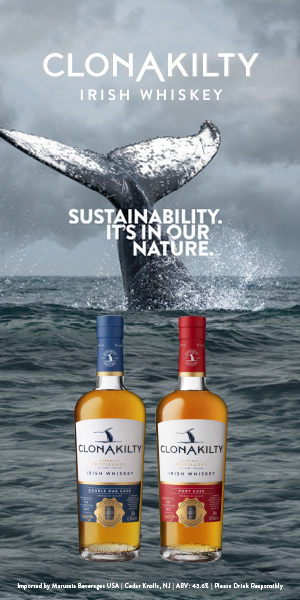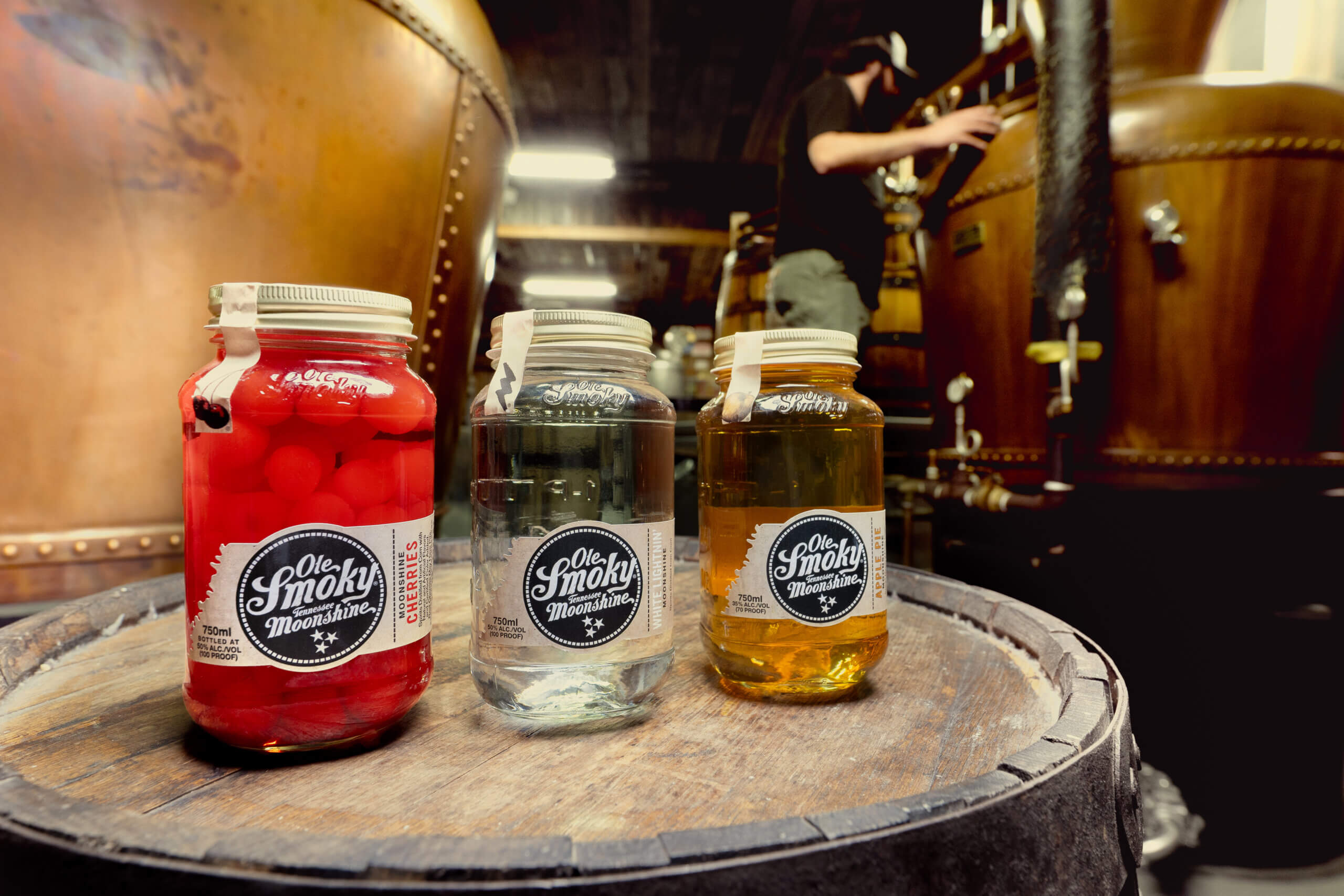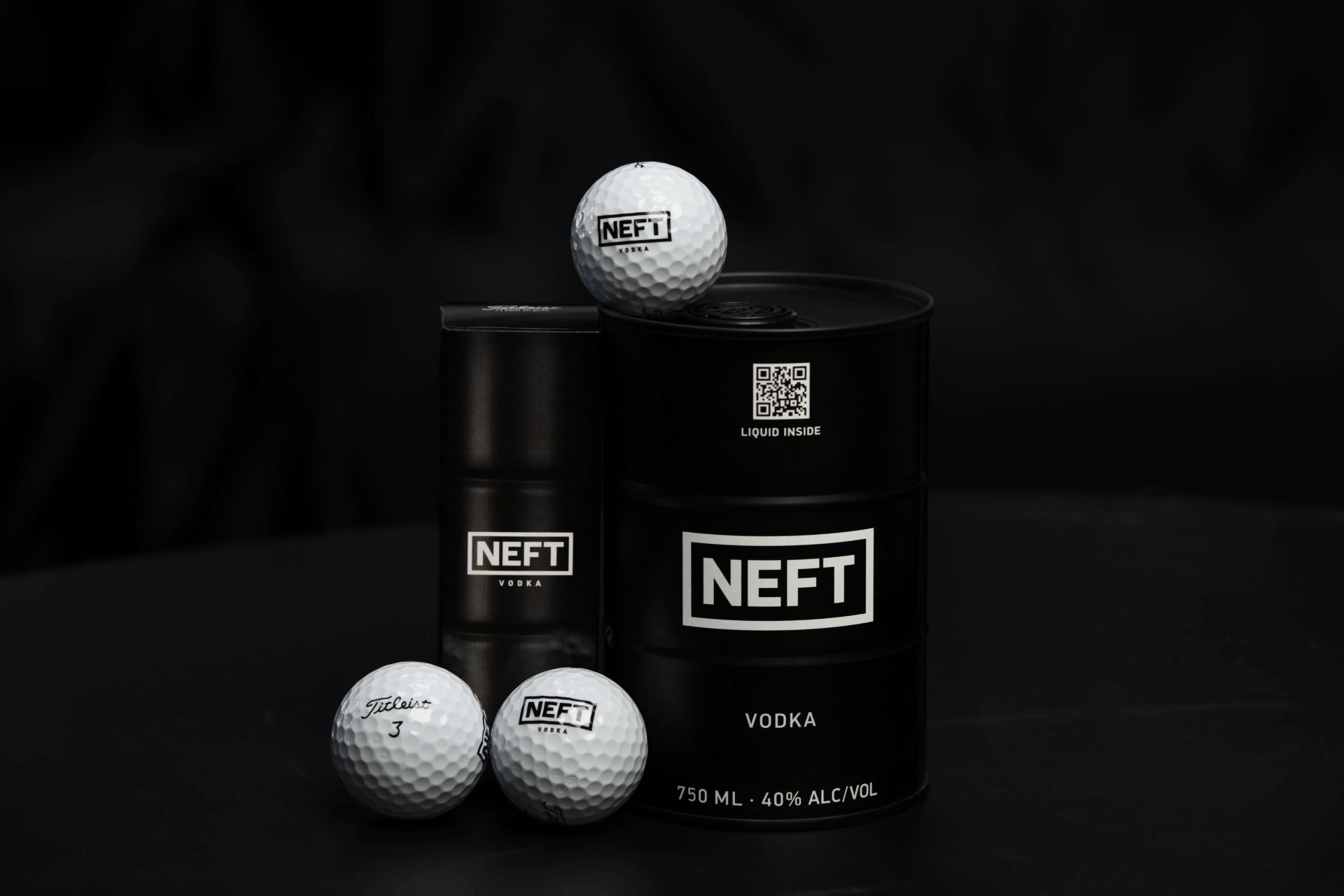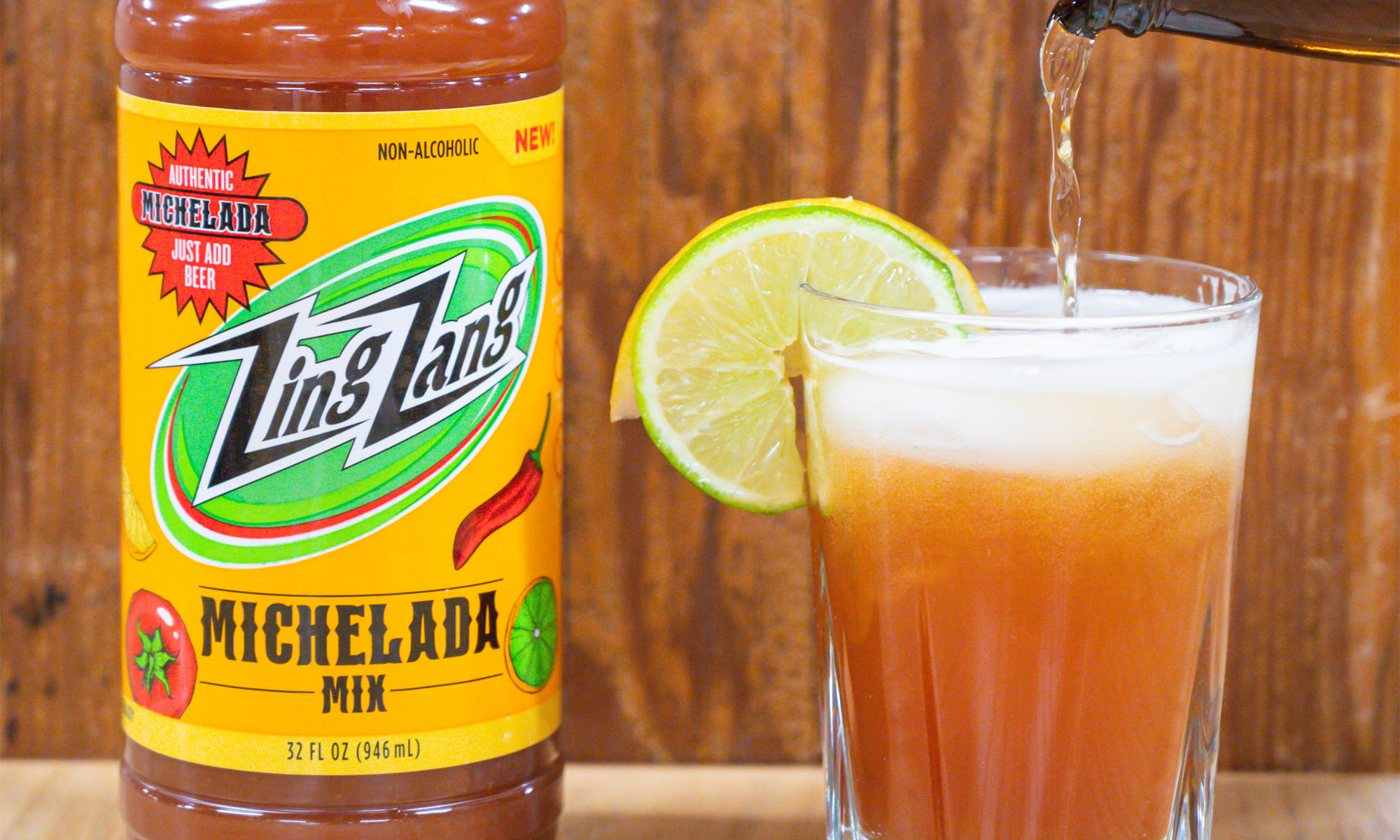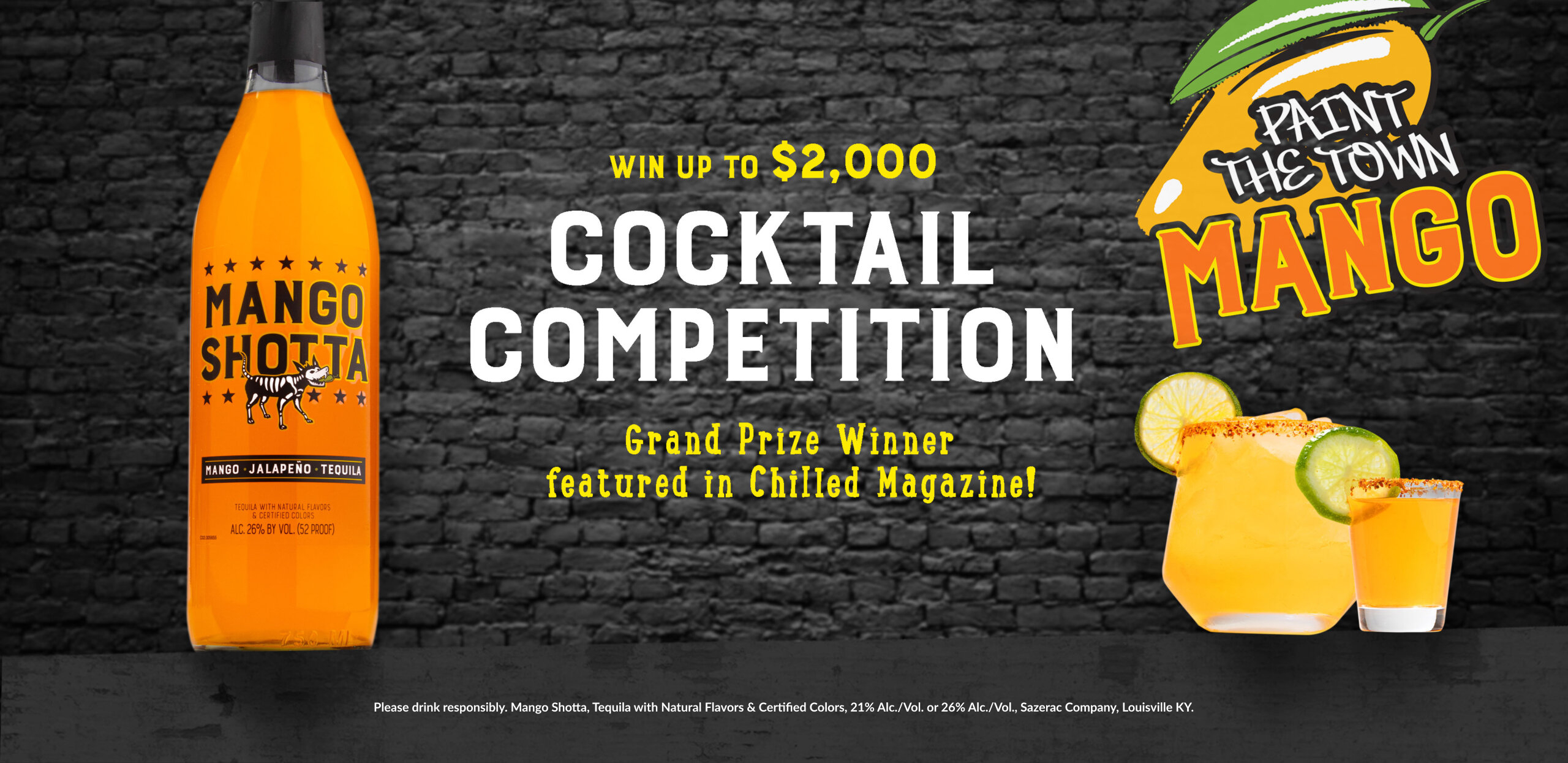10 Oktoberfest Beers from Classic to Modern
By Mathew Powers
Oktoberfest began in Germany in 1810 as part of a royal wedding.
Eight years later, special Oktoberfest brews accompanied the celebration. In the century that followed, seven million Germans crossed the Atlantic and brought that brewing culture and Oktoberfest spirit to the U.S. The modern craft-brewing boom has provided for an influx of new Oktoberfest brews, most of which honor the Oktoberfest tradition and German brewing culture that dates back to the Middle Ages.
These ten brews are sure to please your pallet and help transport your soul to Munich – Prost!
1. Paulaner Oktoberfest Märzen (Munich)
This 400 year-old brewery is one of the six official breweries to serve Munich’s Oktoberfest. The Märzen style emerged in the 1500s when a Bavarian law prevented brewing from April through late September. As a result, Munich brewers figured out a way to brew a beer in March that could be stored in cellars and then released in the late summer. Paulaner’s 2015 Oktoberfest exemplifies that tradition. It has a deep amber color along with an earthy, caramelized aroma. The taste is bready, malty-sweet, and a little bitter. Nothing overpowering, it’s clean, pure, and easy drinking.

Paulaner Oktoberfest

Paulaner Beer Glass
2. Hacker-Pschorr Oktoberfest Märzen (Munich)
As another of Munich’s official six Oktoberfest breweries, Hacker-Pschorr’s history dates back to 1417. This 2015 edition is crisp and clean and possesses a surprising amount of hoppy bitterness that compliments the malt, breadiness and caramel sweetness. Drinking more than one of these would be a snap.

Hacker Pschorr Hall

Hacker Pschorr Beer and Glass
3. Sierra Nevada (Chico, CA) & Brahuahs Riegele (Augsburg) Collaboration Oktoberfest
Sierra’s website states this beer is “an authentic Oktoberfest beer, true to the roots of the festival”. With caramel-malt flavoring and undertones of biscuit, it’s certainly traditional. However, this beer provides a noticeable hoppy finish that reminds you that you are, indeed, drinking a Sierra Nevada.

Sierra Nevada Beer
4. Revolution Brewing Oktoberfest (Chicago)
Chicago enjoys a rich German-American heritage, and this brew serves as an example of that connection. It’s brewed with 100% German malts and Hallertau Gold hops, which is grown by only one Bavarian farm. Along with noticeable bready undertones and caramel-malt, it offers a distinct hoppy bitterness that begins in the middle and lingers throughout the aftertaste.

Revolution Brewing
5. Left Hand Märzen Oktoberfest (Longmont, CO)
Using Munich and Pilsner malts along with CTZ and Hallertau Mittelfrüh hops, this Oktoberfest follows the Märzen lager tradition — it’s brewed in spring and stored for two months. Unlike many Märzens & Oktoberfests, Left Hand’s version is delightfully full bodied and robust with a healthy dose of caramel malt, bitterness, and a little spice; it’s innovative without straying too far from tradition.

Left Hand Beer
6. Hamburg Oktoberfest (Hamburg, NY)
If you can’t be in Germany, why not be in a town with a German name? Hamburg Brewery has been around only two years, but their Oktoberfest has its roots in hundreds of years’ worth of German brewing. It uses Munich and Vienna Malt with German Perle hops, which provides for a strong malt favor that is balanced by the presence of floral, spicy hops. It is light, crisp, and finishes a little dry – a great accompaniment to your bratwurst or pretzel.

Hamburg Oktober 6 Pack
7. Capital Brewery Oktoberfest (Madison, WI)
More than 40% of Wisconsin residents claim German heritage. Why not taste a beer from their capital? The combination of toffee flavor from the German malts, the bitterness and citrus hints provided by Liberty hops, and a healthy dose of carbonation provides nice balance to this unique twist on an Oktoberfest beer.

Capital Brewery 6 Pack
8. Samuel Adams Octoberfest (Boston)
Using an array of German malts and hops, the aroma is strikingly malty. However, it is light, smooth, sweet, and nicely carbonated. There is enough bitterness from the hops to cut through the strong malt-caramel sweetness. It’s balanced from start to finish.

Samuel Adams Oktoberfest
9. Boulder Beer Dragonhösen Imperial Oktoberfest (Boulder, CO)
When you see “imperial,” you expect something strong and this does not disappoint. At 9% ABV, Dragonhösen offers an earthy flavor and provides warmth akin to drinking whiskey on a blustery fall day. Despite the kick, it never strays from being an Oktoberfest, incorporating Vienna and Munich malts with Hallertau and Czech Saaz hops.

Boulder Beer Dragonhösen
10. Great Lakes Oktoberfest (Cleveland)
Great Lakes brews often provide a history lesson, and this is no different. Great Lakes notes that this beer is intended to celebrate the mid 1800’s when German immigrants gathered at outdoor beer gardens like Haltnorth’s and Kindvater’s St. Clair Gardens. Although less bready than many Oktoberfest brews, the combination of German and American hops and malts provides sweet caramel flavors that are superbly balanced by spicy hops, notably at the finish.

Great Lakes Painting




